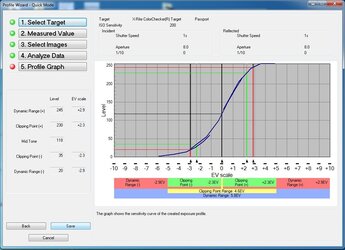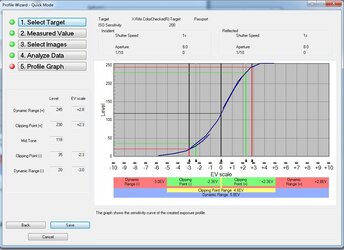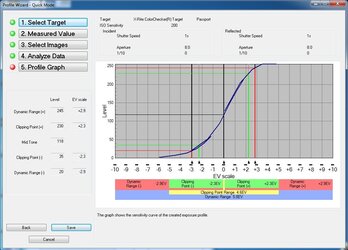seethroughlife
TPF Noob!
- Joined
- May 28, 2013
- Messages
- 10
- Reaction score
- 0
- Location
- North Vancouver, BC
- Can others edit my Photos
- Photos NOT OK to edit
Thanks Joe. Your feedback on these cameras is much appreciated.
Follow along with the video below to see how to install our site as a web app on your home screen.

Note: This feature currently requires accessing the site using the built-in Safari browser.
Magic Lantern does allow you to record a clean HDMI feed from the 5D3.
One thing to consider about the 6d is that it has no sync port, so you can only fire flash via wireless (pocket wizard, cactus, elinport, etc) or via a master flash mounted on the hot shoe.
The 6D has better ISO performance by about 1 stop, and a bit more dynamic range (and is lighter, has wifi, and gps)I shoot primarily portraiture, and indoor cultural events (music, dance, theatre).
Thanks all for your help with this new camera dilemma that i'm having. I guess from what I have learned here, it seems that the 5D MkIII would be great but i'm wondering how many months I will need to spend figuring out that 47-page focusing system. That's a little freaky to read, but also indicative of it's extensive focusing capabilities i'm sure. Also, i'm not happy to hear that the sync speed is only 1/160th. I have been shooting primarily ambient light, but thought that with my next camera that I was going to move into strobes and flash lighting so i'm wondering how the 1/160th flash sync speed might affect that.
It's not that big a deal; you can just buy a TTL cable that mounts to the hot shoe. It's better than using a sync port in many ways. So it's not worth paying $1,000+ more just to get a sync port.Seethroughlife a synch port or socket is important because it is one more option for back up. What not having one means is that you don't have the option to use a synch cord to fire your flash.
Not bagging the 6d but it should have the port.
No doubt that the 5D is better and has more features, I'm just saying that the lack of a sync port shouldn't be a deal-breaker. For TTL or wired flash control, you can't use the sync port anyway.For the extra $1000 you get more than a sync port too. Extra value which may not be needed or wanted by the OP or you depending in the kind of photography you both do.
Regarding dynamic range. I will shoot my sekonic targets and come back to you guys on that. I have seen DxO been off by a lot before. But then again every sensor is different and they have variations.



Thanks all for your help with this new camera dilemma that i'm having. I guess from what I have learned here, it seems that the 5D MkIII would be great but i'm wondering how many months I will need to spend figuring out that 47-page focusing system. That's a little freaky to read, but also indicative of it's extensive focusing capabilities i'm sure. Also, i'm not happy to hear that the sync speed is only 1/160th. I have been shooting primarily ambient light, but thought that with my next camera that I was going to move into strobes and flash lighting so i'm wondering how the 1/160th flash sync speed might affect that.
1/160th is actually pretty fast... considering that for YEARS the max flash-sync speed was considerably slower. My 35mm film camera maxed out at 1/60th.
BTW, the 5D III is 1/200th. The 6D is 1/160th.
You can use "high speed sync" mode if the flash supports it (and most Canon flashes do support it.) This causes the flash to fire rapidly as the curtain shutter sweeps across the image so that you get the benefit of flash even at high speed. The downside is... since the flash has to fire rapidly, it needs to have the power reserve. e.g. if it has to flash twice very quickly, then it can only fire at 50% power. If it has to fire 4 times... it can only fire each pulse at 25% power. You get the idea. The faster the shutter speed you set on the camera, the more times the flash has to fire, and the weaker the max power of each individual pulse of light. You can rig gangs of lights to get around this. E.g. you can buy off-camera flash brackets that hold, for example... 3 flashes... or even 6 flashes. That way you can do very high shutter speeds with high-speed sync, lots of pulses required, but still have the power and fast cycling times. The downside is... you end up having to buy a lot of flashes that aren't cheap.